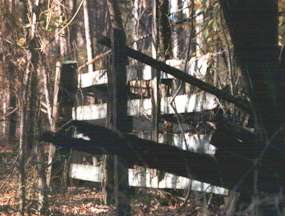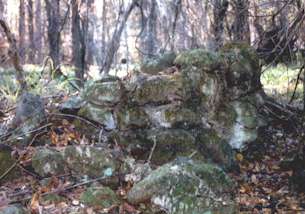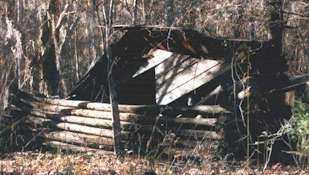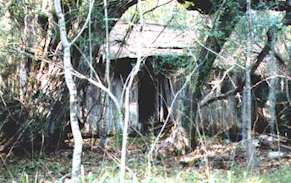|
Tommy
Malone, landowner and resident of Tallahassee, Florida, shares his
view of what makes the Swamp so captivating.
"Horn Swamp is a large parcel of land, cradled on
three sides by the Alabama River. It is river bottom land, but
perched high above the river bed, and yet susceptible to spring flooding
by the formidable swelling of the river.
As its name implies, swamp. In many places the
ground saturated and unstable. It is isolated. Unspoiled. Wild and
uninhabited.
It is a place cleansed and nurtured by the river. Spring flood
waters whisk the forest litter and debris away. The under story
remains clear and unobstructed. Rich topsoil and nutrients are
deposited and the deciduous hardwoods prosper, producing an abundance of
fall mast. Winter staples of the wildlife, ....
Once including, prehistoric man. The Swamp was also inhabited by
native Americans, as evidenced by the stone points, pottery shards, and
middens which are commonly revealed upon the higher ground. Chert,
flint, sandstone and limestone are endemic and many of the implements
found in the Swamp are crafted of these materials. However, other
artifacts produced from extraneous materials such as obsidian and hematite
indicate that a prolific trade existed within the Swamp.
Horn Swamp is but a small portion of a larger antebellum plantation, owned
by my family for generations. It is dotted with the abandoned and
dilapidated dwellings, barns, cribs, shallow wells, corrals and cemeteries
of the sharecroppers and slaves who once toiled the land. The
remnants of these manmade structures are all but obscured as the Swamp has
again reclaimed its ground. It once was tamed by agriculture, but
now has reverted back to the natural sylvan fauna of the Alabama Black
Belt.
The small and irregular fields of cotton, corn, and soybeans are gone.
And too are the stands of ancient live oaks which once mushroomed,
majestically, from within the boundaries of many of these small fields;
providing shade and shelter to the livestock released to glean the waste
grains after harvest. They have been usurped by pine plantations,
native grasses and shrubs.
Little has endured of these now extinct cultures other than the artifacts
and the memories of those old enough to have been witness.
The Swamp is timeless. One can still feel the presence of the
generations of people that once thrived here. Their harsh, yet
simple ways of life are duplicated in the behaviors of the wildlife. It
can be seen in the mockingbird, warming in the late afternoon sun of a
winter day. It can be felt in the urgency of the flock of robins,
the squirrels and the deer, hurriedly feeding in preparation of the coming
storm. It can be heard in the swaying creak of the towering hardwoods, the
lonely bidding of the barred owl, and the rallying barks and yips of the
coyotes.
There is peace here in the Swamp. Harmony. A balance of nature.
Yearnings are absent. Needs simple. Nothing is wasted.
There are no excesses.
The wildlife which inhabit the Swamp are too, timeless. They
have
inhabited this land long before time was first recorded. And shall
long after our time here is done. Individuals have come and
gone. The abundance of each specie over time has waxed and waned
with the availability of food and refuge. Yet with few exceptions,
each has managed to survive.
The essence of the Swamp is infectious, slowly permeating one's mind,
body, and soul. Slowing one's pace. It becomes an element of
one's chemistry. It causes one to stop and marvel at nature, the
interactions and dependencies, harsh yet beautiful. And appreciate
the little things taken for granted.
It initiates contemplation of the past, present, and
future...
And wonder at how far removed we have become from it all."
|
|
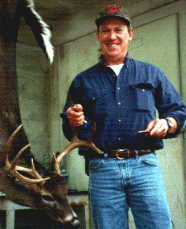 |

